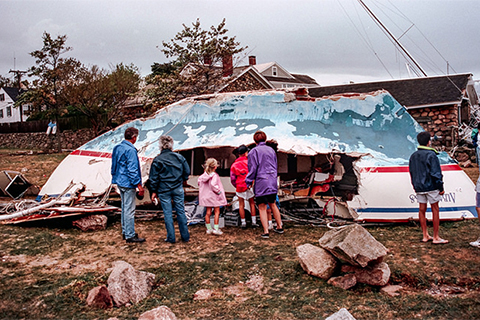
Using lessons from past hurricanes, a Massachusetts town safeguards its water supply and prepares its residents for a future that includes more intense weather.
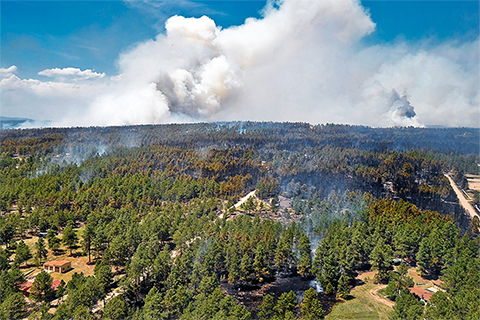
Where the threat of wildfires is rising, HEPA filters and air scrubbers installed for protection against pandemics can also provide climate resilience by protecting hospitals from smoke.
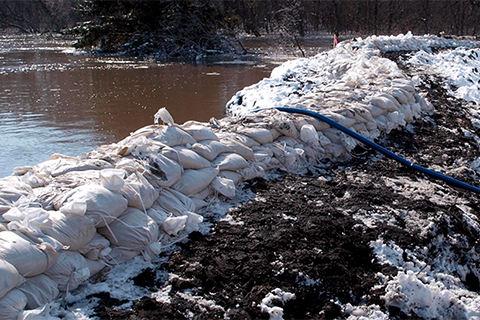
When a flood is forecast for the Red River of the North, community leaders, emergency responders, and residents around Fargo, ND, and Moorhead, MN, can gauge their need for preparation by accessing visualizations showing the extent, depth, and timing of expected flooding.
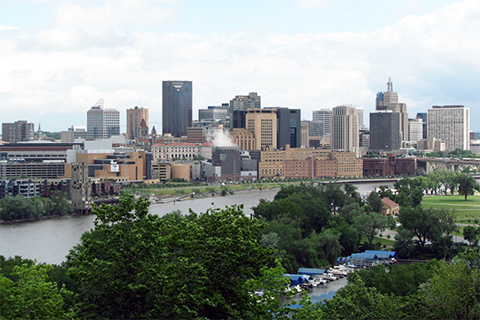
Heat waves bring some level of discomfort to nearly everyone. When excessive heat catches vulnerable populations off guard, that discomfort can advance to illness and even death. Public health officials in Minnesota are working to protect people in both rural and urban settings.
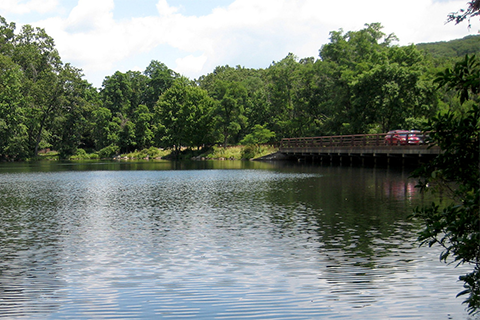
Faced with the potential of a large expense related to water quality, Maine's Portland Water District had two investment choices: conservation or concrete.
In the agricultural heartland of the Northwest Pacific, a water plan that protects people and nature
After facing 5 years of drought in 15 years, partners in Washington's Yakima River Basin developed a new water plan that aims to make farms, fish, and families in the region more resilient to climate variability and change.
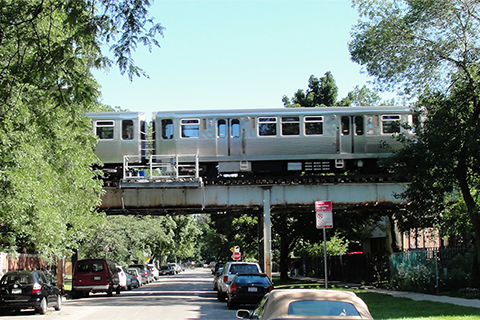
Trees within a city can help reduce urban heat, control stormwater, and provide habitat to local wildlife. As climate conditions change, a Chicago group is working to enhance the reilience of the city's urban forest.
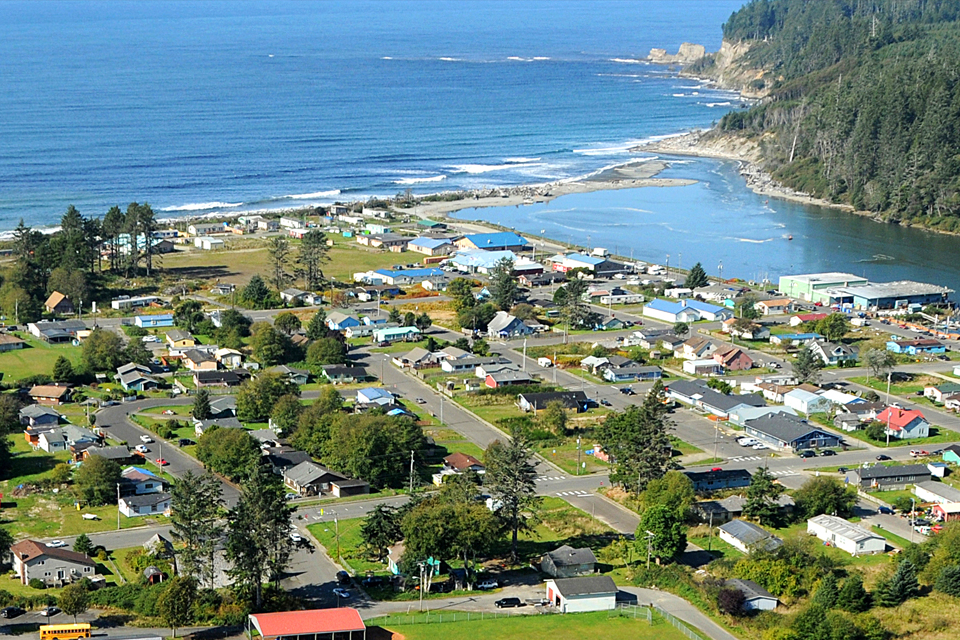
As the threats of tsunamis and sea level rise are joined by real and potential climate impacts, the Quinault community looks to move the lower village of Taholah to higher ground.

Coastal erosion has repeatedly damaged surfside bike paths and parking lots near Ventura, California. It took local groups with varying viewpoints more than a decade to agree upon a strategy, but the first phase of their solution is now complete.

An extreme precipitation event in 2008 cost one Upper Midwest town more than a million dollars in infrastructure repairs. Now, other municipalities can simulate how a similar event might affect them.